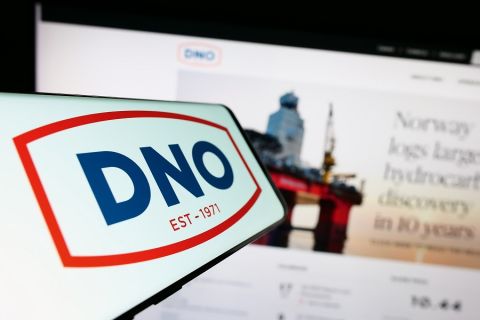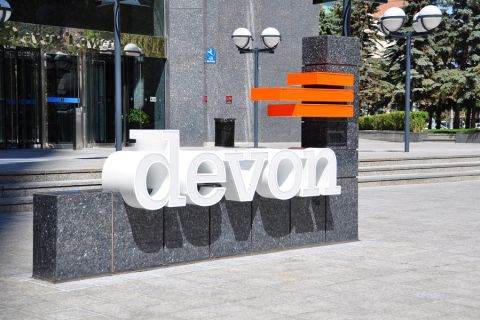The exodus of experienced offshore operators from the U.S. Gulf of Mexico (GoM) to drier lands farther inland created a vacuum of sorts for the basin. So when the news broke in August of Kosmos Energy’s foray into the GoM with its purchase of Deep Gulf Energy (DGE) from private-equity investment firm First Reserve, I did a double take. The international E&P company, known for its success offshore West Africa with its TEN and Jubilee projects and at Greater Tortue with BP, has found its entry point into the GoM.
“With many competitors leaving the Gulf of Mexico to chase onshore shale plays, a huge opportunity has opened in the basin. The best deepwater assets can compete with the best of shale, and now is a good time to enter the Gulf of Mexico,” said Andrew Inglis, chairman and CEO for Kosmos, in a press release. By acquiring DGE for total consideration of $1.2 billion, Kosmos will see about an additional 25,000 boe/d increase in its production numbers along with about an 80 MMboe increase in its 2P reserves, according to a press release.
By entering the GoM, the company has placed itself in a good position to apply the geologic and technologic lessons learned offshore Ghana, Mauritania and Suriname in a new (for them) basin that, according to McKinsey & Co., could keep operators like Kosmos busy for the next decade or more.
In its June report “Unlocking Future Growth for Deepwater in the Gulf of Mexico,” analysts for the firm posit that the basin’s deepwater prospects will represent a sizable portion of new production expectations for 2030.
According to the report, if crude oil prices average $70/bbl over the long term, 36 MMbbl/d of new crude production from unsanctioned projects will be needed to meet demand in 2030, with 9.5 MMbbl/d expected to come from deepwater fields. More than 2 MMbbl/d of that 9.5 MMbbl/d will come from the GoM, second only to Brazil’s 4.1 MMbbl/d.
As to where in the GoM all of these new barrels of crude will come from, the report noted that of the 5 Bboe of discovered reserves brought online in the GoM since 2005, 70% has been from the Miocene play, according to the report. Only 5% has come from the Paleogene play.
The prioritization by operators for “value over volume” has resulted since 2014 in the leveraging of subsea tiebacks in the basin’s Miocene play with shorter cycle developments averaging three years from discovery to the production of first oil. Cracking the Paleogene, home to much larger but more technically complex resource plays, will keep explorers and technology experts busy far into the future. Perhaps the key to unlocking the billions of resource barrels in the ultradeepwater play can be found in the outside knowledge that companies like Kosmos possess.
Recommended Reading
DXP Enterprises Buys Water Service Company Kappe Associates
2024-02-06 - DXP Enterprise’s purchase of Kappe, a water and wastewater company, adds scale to DXP’s national water management profile.
ARM Energy Sells Minority Stake in Natgas Marketer to Tokyo Gas
2024-02-06 - Tokyo Gas America Ltd. purchased a stake in the new firm, ARM Energy Trading LLC, one of the largest private physical gas marketers in North America.
California Resources Corp., Aera Energy to Combine in $2.1B Merger
2024-02-07 - The announced combination between California Resources and Aera Energy comes one year after Exxon and Shell closed the sale of Aera to a German asset manager for $4 billion.
DNO Acquires Arran Field Stake, Continuing North Sea Expansion
2024-02-06 - DNO will pay $70 million for Arran Field interests held by ONE-Dyas, and up to $5 million in contingency payments if certain operational targets are met.
Report: Devon Energy Targeting Bakken E&P Enerplus for Acquisition
2024-02-08 - The acquisition of Enerplus by Devon would more than double the company’s third-quarter 2023 Williston Basin production.





